Stone walls bring a historic and elegant look to one’s property. More than an aesthetic feature, they form a barrier against wind-blown leaves and debris, flood, and soil erosion.
More often than not, homeowners find this addition a great home investment. If you’re thinking of building one for your home, this cost guide will help you.
Furthermore, learn about the different kinds of stone walls and how you can build one!
What is the average cost of a stone wall?
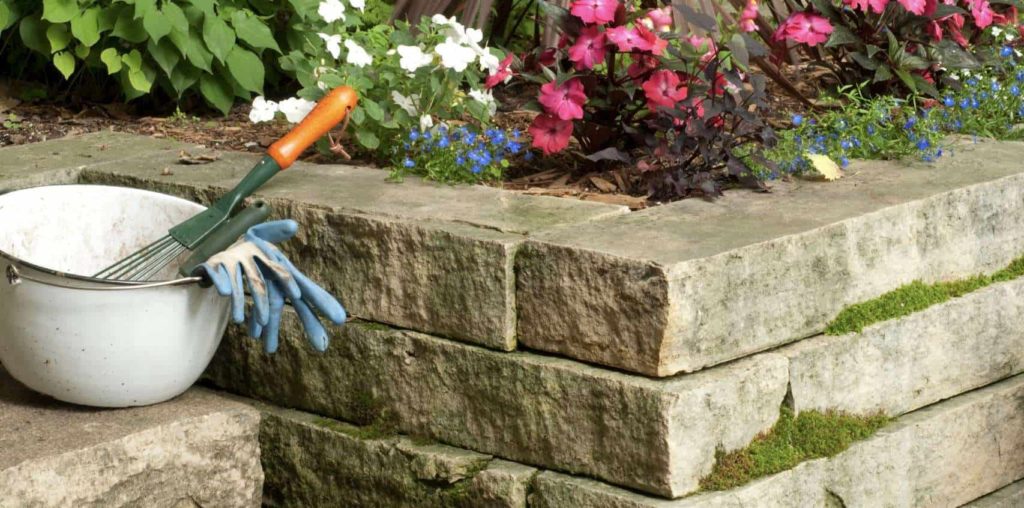
Constructing a stone wall can cost anywhere from $800 to $15,000 with professional labor included. But most homeowners spend about $4,900 for this project.
Several factors will determine the final price. Among them are the type of stone used, wall or area size, manual effort, and job complexity.
Plus, there will be additional costs if you’re considering laying drain pipes and a solid foundation beneath it.
How much does building a stone wall cost by size?
Using beautiful natural stone to build a wall or fence will cost you around $25 to $80 per square foot, and opting for regular stone veneer will cost $10 to $25 per square foot.
In case you aren’t sure how big a stone wall is, they typically measure 3 to 6 feet tall and 28 to 34 feet wide. That equates to 84 to 204 square feet.
Although you can have a contractor build a stone wall that’s less than 3 feet high, the unique, irregular appearance of the stones will not be as visually striking and evident compared to if you have chosen to build a taller wall.
A Complete Breakdown of Stone Wall Costs
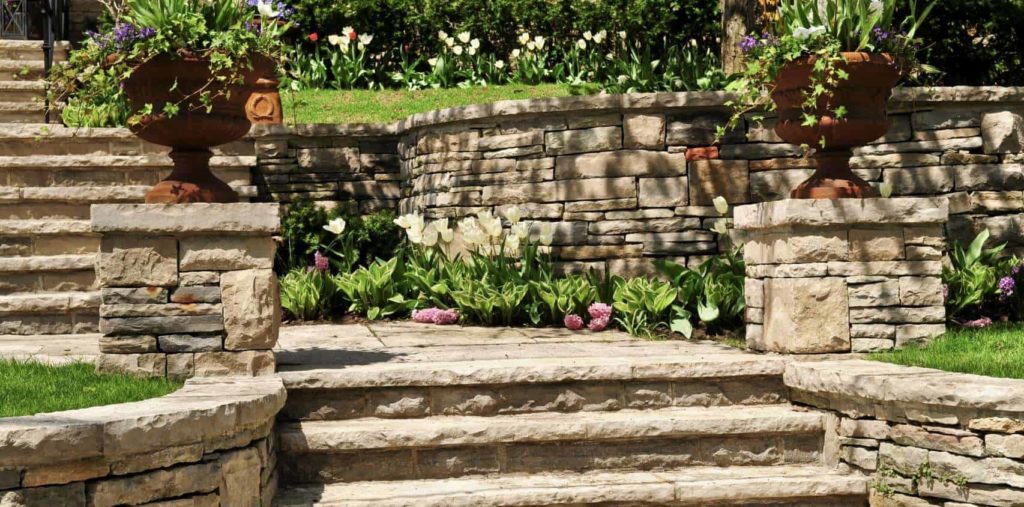
Here’s a full breakdown of the overall stone wall cost along with an explanation for each factor:
Stone Type
A big determinant of the price of building a stone wall is the stone ype. You can either choose natural stone or stone veneer, with the former costing significantly more.
Aside from that, the price can go up depending on your chosen cladding which gives the wall a certain texture and style.
Slate, sandstone, and granite are some of the popular cladding materials that can be used on stone walls.
Location
Where you plan to set the stone at your property will also affect the total amount you’ll spend on the project.
Say, you’re going to build one outside your house on which the land is uneven and with lots of obstructions like trees and pathways.
Since this work would be harder to do, involving demanding labor, industrial vehicles, and tools, you will have to pay a higher price.
Building Permits
A permit will most certainly be required for having a stone wall built for you. It usually costs $100 to $500, but this will depend on the wall’s type, size, and location.
Surveying
If you plan to add a stone wall outside your home, you might also need to have the premises mapped out by a pro surveyor.
Speaking of which, the average cost of hiring a certified surveyor is between $100 and $600.
This ensures that your newly constructed stone wall isn’t trespassing on your neighbor’s grounds and that, more importantly, it complies with the local building regulations.
Drainage
Drainage installation costs often run expensively from $2,000 to $5,800.
The beneficial purpose of the drain pipes is to remove excess water from the soil, preventing it from becoming unstable, and filtering it out of your home.
This keeps soil erosion and flooding from moving or damaging the wall structure.
Foundation
Every stone wall needs a foundation or it can collapse under its own colossal weight. Homeowners need to pour concrete footing on the ground to support the stone wall.
The supply of concrete footers costs $15 to $155 per linear foot on average. Its purpose is to distribute the weight of the stone wall correctly into the soil beneath.
For this work, you will also need to hire a structural engineer to inspect and evaluate the soil, which will equate to an expense of $500 more or less.
Labor
You’ll need to pay a mason to install a stone wall. A pro’s rate is generally $10 to $15 per square foot for building a stone veneer wall and $70 to $110 per hour for installing a natural stone wall.
But take note that the price will vary depending on the stone material, contractor skill level, and job scope.
What are the different kinds of stone walls?
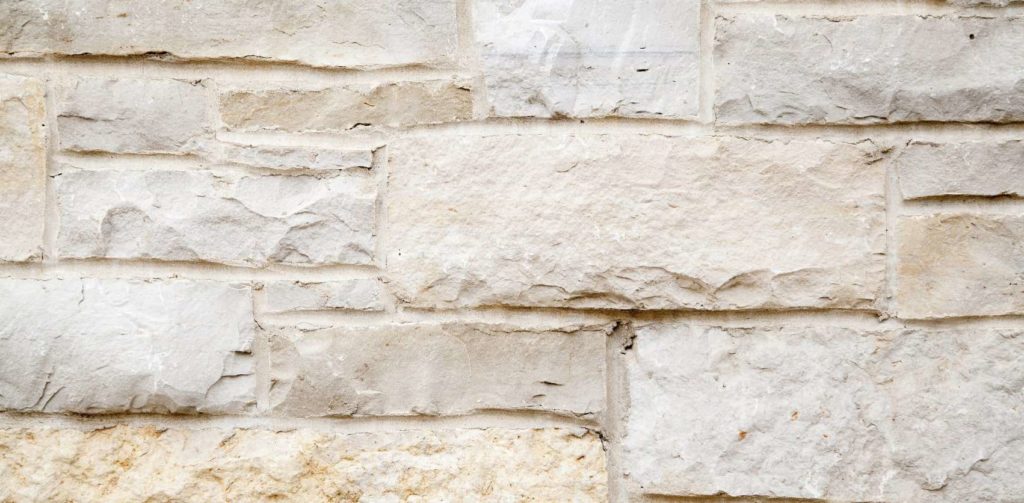
Stone walls can be made out of natural stones and stone veneers.
Let’s now take a closer look at each of them:
1) Natural Stone
Natural stones are building materials that are extracted from quarries or mining areas. There are a wide variety of natural stones that have unique patterns, styles, and finishes.
Here are some great examples of natural stones:
- Colonial Wallstone – This small form of bluestone has unrivaled elegance and beauty. It consists of long-cut rectangular stones placed one against another.
Different shades of the same or contrasting stone colors can be used together to create a custom style at your house.
- Fieldstone Walls – These walls are harvested from the field or ground and are easy to procure locally.
Because they stay for a longer period on the ground, the stones inherently take on a rounder shape as opposed to broken and ordinary stones.
Also, fieldstone surfaces appear inconsistent. But with some work, the stones can be cut and made more uniform.
- Limestone – A unique and beautiful material, limestone is naturally formed from compacted tiny shells, bones, and debris under the ocean for millions of years.
This stone material is identified by its light sandy or brownish tones and unique textures. It can be used unfinished or finished depending on the person’s design preference.
- Split-Face Wall – Also called mosaic stones, these use broken and irregular pieces of stones. They are mortared together, which creates a cohesive and somewhat puzzle-shaped look.
When laying it, the mason first focuses on pressing the wide and flat slab on the wall and then connects its edges with suitable pieces of other similar stones.
Although it provides a neat and flat surface, it doesn’t have the look of classic stone walls.
- Antique Granite – This one has flat, large, and rectangular pieces. This results in tight and big patterns that lend a timeless charm to the wall.
Due to the same reason, it’s faster and easier to install relative to other types of stones.
This fieldstone material can be used to form steps, walkways, lamp posts, and curbing, just to name some.
2) Stone Veneer
Stove veneer is also called faux or artificial stone. These stones use a less expensive material that mimics the look and feel of real stones.
They can be found mostly in the exterior of the house—entrances, exterior walls, backyards, and poolsides.
They come in a full array of designs and colors and are incredibly quick to install, very low-maintenance, and cost-effective, making them a preferred alternative stone wall material.
What is the best stone for walls?
Fieldstone, limestone, sandstone, and granite are common favorites because they’re all durable, stylish, and have many various finishes available.
Different stones have their own strengths and weaknesses. So it’s up to the person to decide which one is best for his home.
If you’re hoping to spend the least amount while wanting the material to cleverly resemble natural stone, then you can go for stone-like concrete blocks or stone veneer.
How much does building a stone wall cost by type?
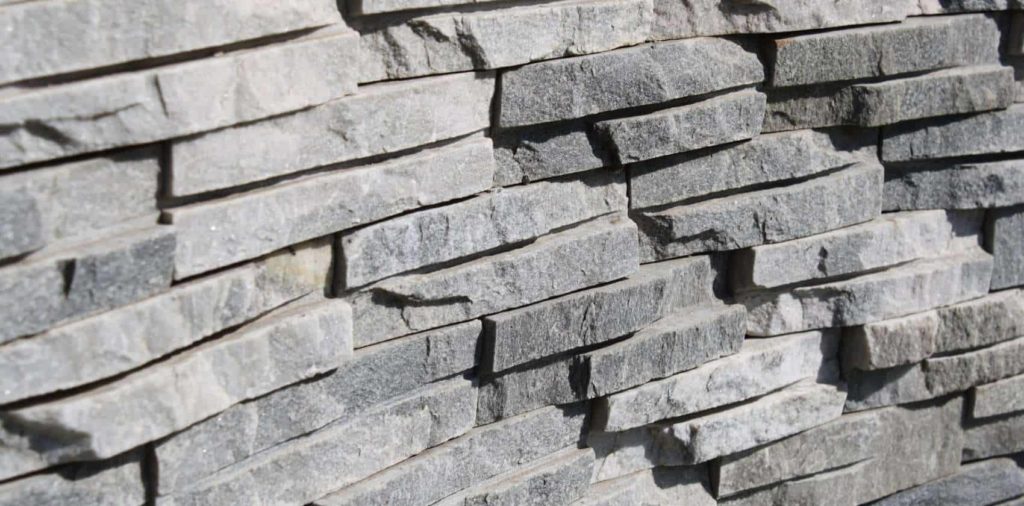
You can expect to pay between $25 and $80 per square foot to install a natural stone wall.
Natural, rough, and unhewn stones are the most affordable, while hewn, polished, and customized rocks, like granite and slate, cost the most due to the needed manual labor.
To be more specific, fieldstone cost around $20 to $60 per square foot, and unfinished rock walls cost less at $20 to $30 per square foot.
The latter may come with natural tiles which are priced a bit higher from $25 to $50+ per square foot.
What is the most expensive stone wall material?
Marble is the most luxurious stone wall material of them all. That’s because it’s a very rare natural stone formed from limestone by extreme heat and pressure in the earth’s crust.
Also, converting raw pieces of this stone into opulent pieces for walls requires a lot of manpower and electrical energy.
What is the least expensive stone wall material?
Stone veneer is the least expensive stone wall material, costing just $10 to $25 for each square foot. This should be your choice if you have a small budget for building a stone wall.
Alternatively, just a little bit above this price are uncut natural stone rocks.
How much does labor cost for using a specific wall stone?
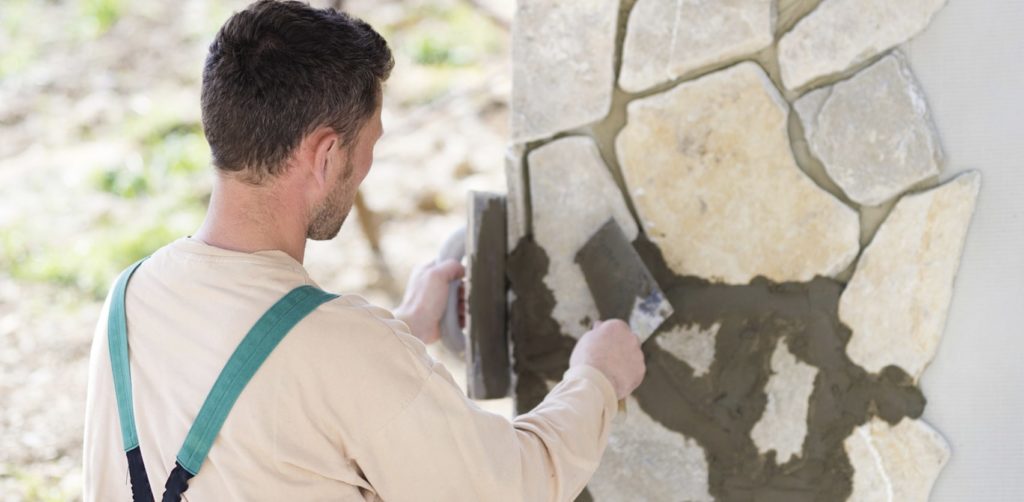
When building a stone wall, in addition to material costs, you will need to factor in labor costs. After all, not all stones have the same level of difficulty when they are shaped or cut.
Expert natural stone wall builders charge around $70 to $110 an hour since you’ll benefit from their skill, whereas lesser experienced ones bill less between $30 and $50 an hour.
And for building a stone veneer wall, labor will be more affordable, ranging from $10 to $15 per square foot.
Can I build my own stone wall?
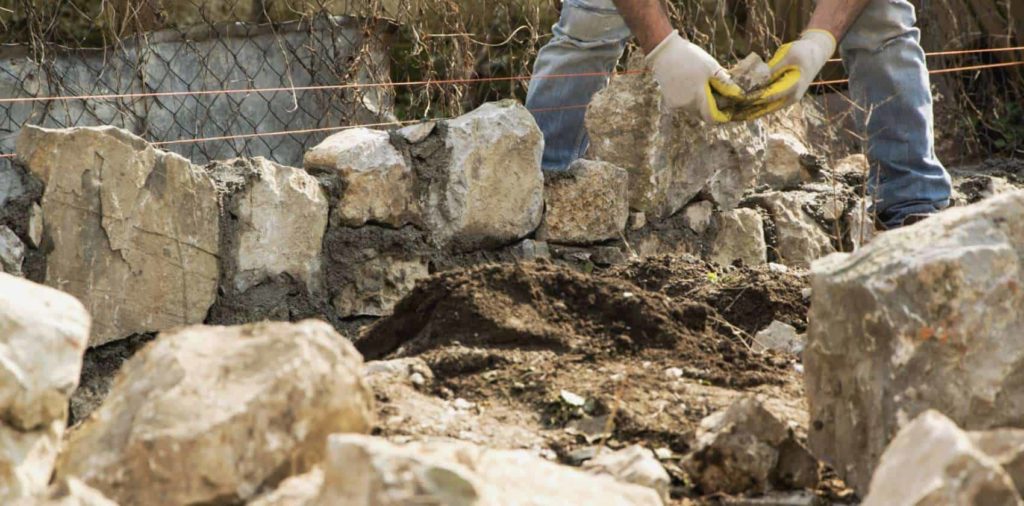
If you have some masonry skills and confidence, then you can put them to good use and build your own stone wall.
But first, a word of caution: building a stone wall isn’t for rookies, as stones are cumbersome and take strength to lift.
You would also have to plan carefully to follow the design down to its specifications and exert a lot of manual labor in lifting, transporting, and stacking the stones on top of each other in the correct way.
Moreover, you would need to get specialized equipment like a sledgehammer, wheelbarrow, string lines, and mortar.
Unless you’re prepared to get these and perform the job yourself or with a group of buddies for a day or two or more, you’re better off letting a professional build your stone wall, money and time-wise.
How to Build a Stone Wall Yourself
Here’s how you can build a stone wall that can stand the test of time.
1. Decide where to build the stone wall
Survey your house and determine where you want to set up the wall. Make sure that it won’t stand on top of septic lines, drainage, or water.
Once you have done so, use the length of a rope to mark out the spot on which the wall will be built. Pay attention to curves and sharp angles so your wall will nicely cover and go around them.
2. Dig up a trench
Following this, you have to start digging a trench to give your wall good footing or foundation. This protects it from shaking or shifting on its own, especially during inclement weather.
But if you are building a short wall under 20 feet, you can excavate the ground using only a shovel. Remember that the trench’s width will have to be 6 inches wider than the stone wall you are building.
3. Tamp down the gravel
Using a hand or power tamper, tamp down on the gravel until it is compact and even. This will act as the base of the stone wall.
4. Add the stone to each layer
On a single row, put each stone packed beside each other and level them by adding gravel. Work only on one layer at a time so you can ensure that it is laid safely and securely.
Then use a string or torpedo level tool to check the level arrangement of the stones. And if there are larger stones with gaps, fill them with smaller stones.
5. Incorporate drain lines
This step can be skipped if you’re building a wall under 3 feet wide. If not, add a drain pipe that is wider than the wall. It should have some excess so that the excess water can flow out to your main drain lines.
Lay down the pipes against the back of the wall with the drainage holes facing down to the soil. And then, bury them in gravel rocks.
Also, you may want to wrap the pipes under a cloth to protect them from becoming dirtied by the soil.
6. Add more stones to the current build
At this time, you can add more stones to complete the wall. Place each stone on top of the last, making sure it locks the vertical joints below it.
Add mortar only after you are sure they look nice and strong. Place the filler material only in between the stones and not on the edges.
If it squeezes out, you can remove it using your trowel.
Additionally, tap your mallet on top of each stone you have laid to ensure it’s stable in its position. Again, use the torpedo level to check the levelness of the stone wall.




